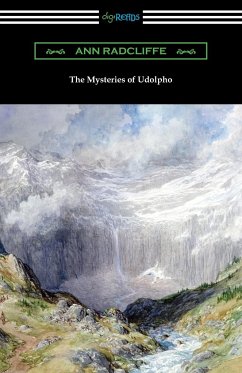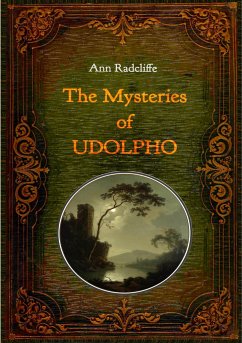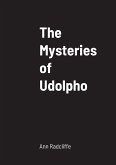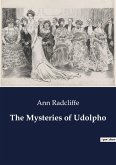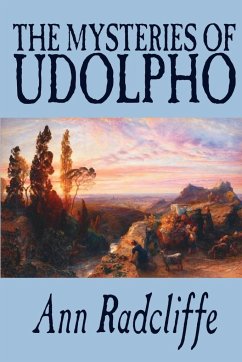First published in four volumes in 1794, Ann Radcliffe's "The Mysteries of Udolpho" is an unparalleled example of Gothic romance and was wildly popular upon its first appearance. Often cited as the archetypal Gothic novel, the story portrays the multitude of misfortunes heaped upon the admirable French heroine, Emily St. Aubert. Losing first her mother, then her beloved father, the orphaned Emily must be separated from her newfound love Valancourt to live with her aunt and new guardian, Madame Cheron. Emily then faces the evil machinations of her aunt's husband, the Italian brigand Signor Montoni, who imprisons the two women in the dismal, degenerate, and isolated castle Udolpho. It is here where Emily must overcome persecution from an unwelcome suitor, the threats of Montoni, and, most frightening of all, the psychological terror of apparently supernatural occurrences and her own riotous, horrified imagination. Radcliffe expertly transitions from the striking mountain landscapes of France and Italy to the illusory and fantastical terrain of the heroine's mind and creates an enthralling tale that explores the farthest reaches of a young woman's experiences of outer and inner life. This edition is printed on premium acid-free paper.
Hinweis: Dieser Artikel kann nur an eine deutsche Lieferadresse ausgeliefert werden.
Hinweis: Dieser Artikel kann nur an eine deutsche Lieferadresse ausgeliefert werden.

